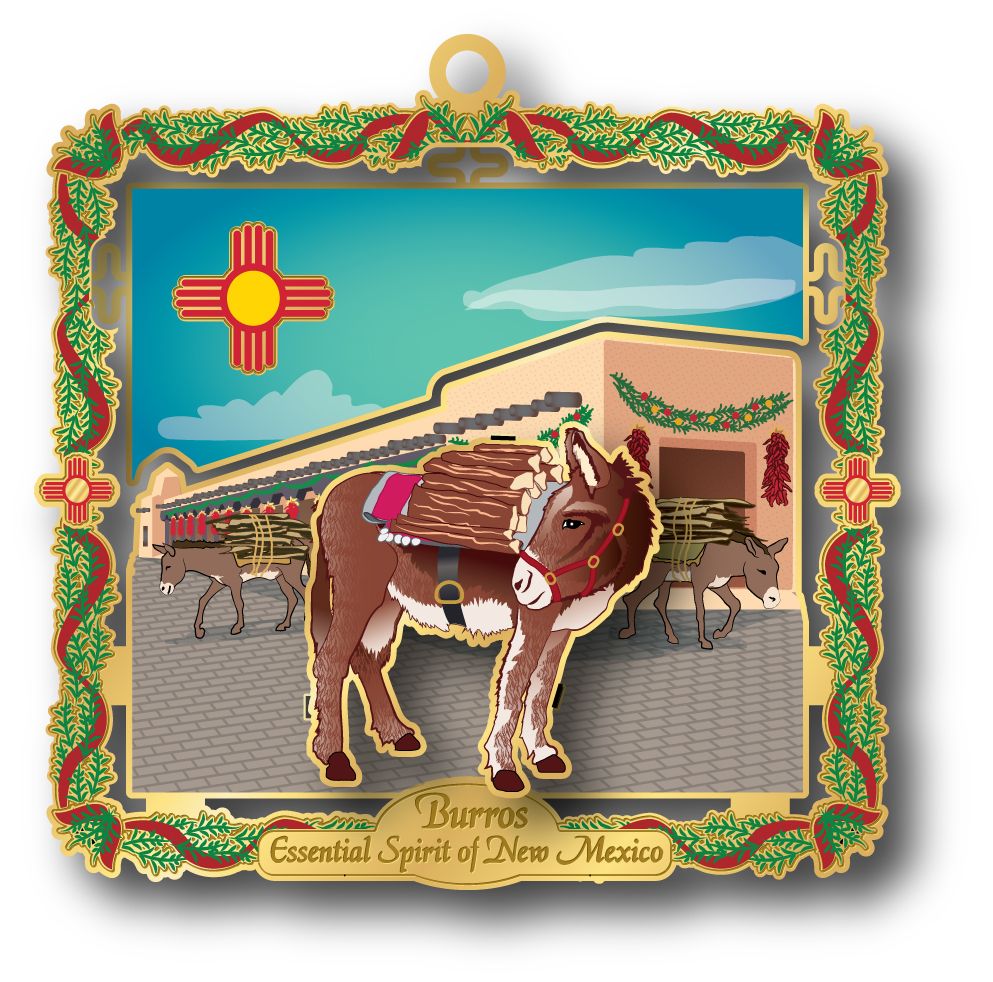Burros - The Essential Spirit of New Mexico
Burros have a significant history in North America, primarily as an introduced species. Descending from Spanish colonial animals brought in the 1500s, they were crucial pack animals during the settlement of the American West and Gold Rush, and their populations became established in arid regions like the Desert Southwest. Though "burro" is the Spanish word for donkey, the term also reflects their Mexican ancestry. Today, these descendants of domesticated animals are protected by law as living symbols of American history.
In the Pleistocene era, there were species of Equus (horse family) both in North America and South America. However, by 9,000 years ago all of these species in the Western Hemisphere had gone extinct due to a combination of climate change, disease and predation. Before this extinction occurred, Equids (horse family) had spread to Europe. Africa and Asia after crossing the land bridge at the Bering Strait.
Burros were domesticated about 7,000 years ago, most likely in Africa. They were introduced to the Desert Southwest by Spaniards in the 1500s. In 1519, Spanish conquistador Hernando Cortes brought horses to Mexico as part of his conquering force. Subsequent forces (Onate expeditions) brought donkeys (burros) as pack animals and as breeding stock for mules. Missionaries also brought burros as companions and beasts of burden to aid in their missionary work in the Southwest all the way to the future state of California.
Burros (Equus asinus) are uniquely suited to arid environments. These burros have a lower protein requirement than horses and possess tough digestive systems that efficiently process desert vegetation. They can survive on a wider variety of plant species and endure long periods without water, thriving in harsh desert conditions. Burros are highly intelligent and tend to assess situations before fleeing from danger. They can defend themselves with powerful kicks and are known for standing their ground against threats, making them excellent guard animals in domestic settings. Some donkeys are now raised as guard animals for cattle, sheep and other domesticated animals.
Since the 1500s burros have been key vital components in the lives of folks in the Southwest. They served as beasts of burden, supporting the movement of goods throughout the region. The Archives at the Palace of the Governor in Santa Fe, New Mexico is full of images of the various services provided by burros, including hauling wood into towns, carrying children, hauling game down from the mountains for hunters, supporting prospectors and working in mines carrying ore, tools and water. Without burros, towns like Santa Fe would have suffered without fire to warm their homes and cook their food as available wood had to be collected in the mountains and foothills further and further from towns and villages.


